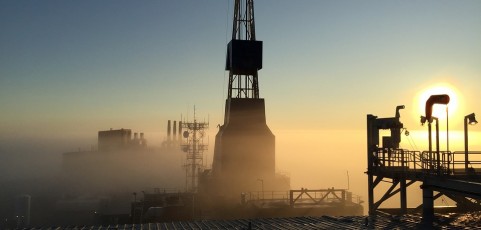As the energy industry continues to evolve, natural gas has become one of the most plentiful and popular sources of energy for numerous people. Because of this, numerous pipelines have now been installed to meet the growing demand. However, since natural gas can be volatile, safety measures must be put in place to ensure employees stay safe and equipment also goes undamaged. To keep these pipelines working as planned, methane sensors are considered to be the most accurate and reliable alarm systems available today. Along with this, there are other reasons why methane gas detection systems are used with natural gas pipelines.
Remote Locations
Because many natural gas pipelines are located in remote settings, it’s crucial they have alarm systems that can alert workers of dangerous situations as soon as possible. On most pipelines, methane detectors have a combination of visual and audible alarms, allowing workers located both near and far to be quickly alerted to potential trouble. For example, workers who may be located long distances from the problem will be alerted by the sirens, while those located nearby will hear the siren and see flashing lights and strobes.
Weather Conditions
Along with their remote locations, natural gas pipelines can also be located in areas that are prone to harsh weather conditions. Hot or cold temperatures, fluctuations in humidity levels, sand or dirt, and more can all add up to potentially cause problems with the sensors. To keep these problems from developing, today’s methane gas detector is now able to withstand virtually any type of weather, due to being a self-contained unit. By having this technology, the sensors need very little calibration in order to provide accurate readings at all times.
Central Location Monitoring
In years past, numerous sensors had to be installed on natural gas pipelines to ensure constant monitoring of the entire pipeline. However, rather than installing a methane gas sensor every few feet, companies today are often able to install only one monitor in a central location to provide readings for the entire pipeline. In addition to the obvious advantage of only needing one sensor, companies can also use these monitors to scan for a variety of gases in addition to methane. Yet while these sensors are considered state-of-the-art for their accuracy and reliability, they do come with a large price tag, often costing up to $25,000 or more. However, based on the investment companies make in equipment and training of employees, the sensors are seen as a smart investment that will pay dividends over time.
Data Transmission
If an emergency develops, emergency personnel must have access to real-time data to make the proper decisions regarding evacuations, equipment shutdowns, and other factors that may come into play. Due to the seriousness of these situations, methane detection systems are equipped with wireless technology that transmits real-time data to monitoring technicians.
To ensure your natural gas pipeline stays as safe as possible, contact GDS and speak with a knowledgeable applications engineer who can answer all of your questions.

